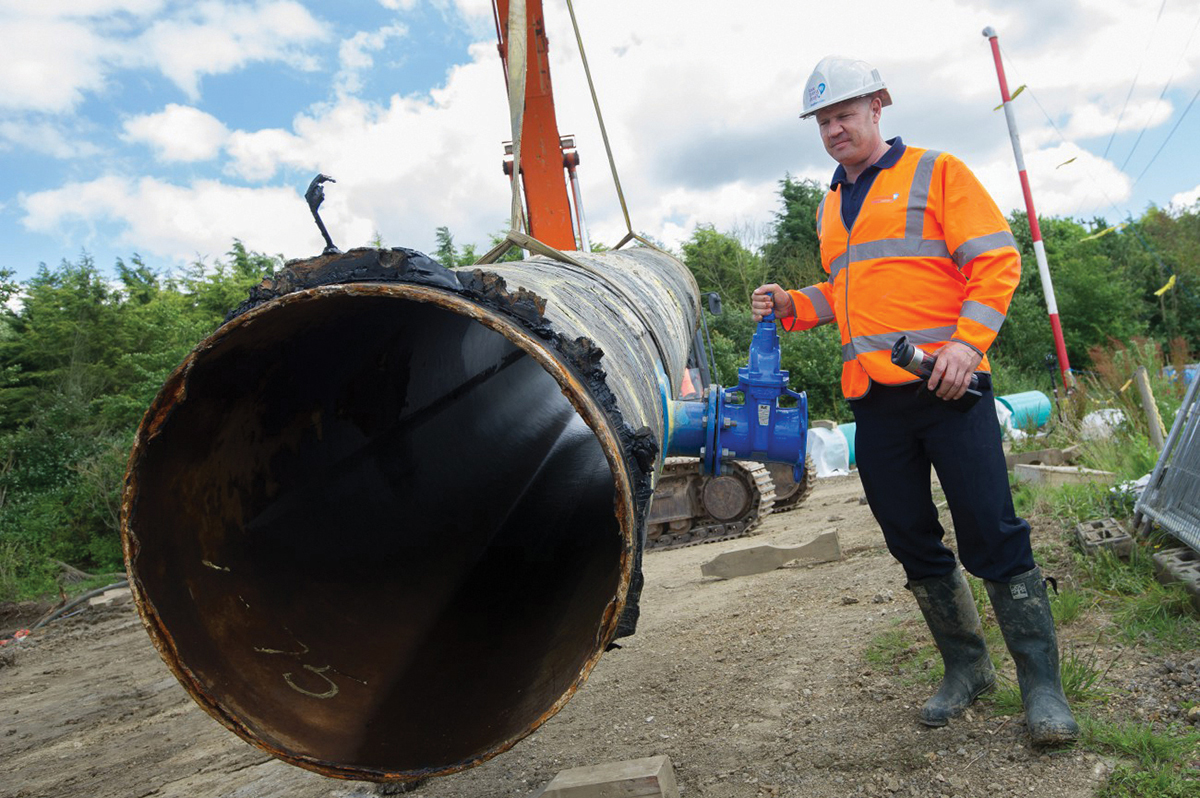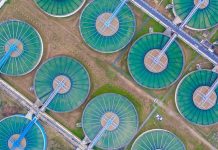
One of Anglian Water’s largest ever water supply schemes – the Grafham Water Resilience project – was crowned Carbon Reduction Project of the Year at the British Construction Industry awards.
The company fought off tough competition from the South Bank Tower, the Kirkthorpe Hydropower Scheme and the University of Cambridge to claim the award.
The judges recognised Anglian Water and its partners Mott MacDonald and JN Bentley for delivering the scheme for £32 million less than the initial design and saved 62% of carbon, equating to 26,000 tonnes.
Chris Newsome, Anglian Water’s Director of Asset Management, said: “It’s testament to the willingness of our engineers to challenge accepted wisdom and strive for better, less carbon-intensive, more cost-effective solutions that are better for our business and better for the environment.”
The Grafham Resilience project began in 2010 when Anglian Water decided to halve the amount of carbon generated by its construction projects by 2015.
The original plan was to build a major new pipeline to bring water down to the new service reservoir at Grafham from Wing Water Treatment Works in Rutland at a cost of £60million, meaning the scheme would have been both carbon heavy and expensive.
Driven by the need to halve carbon and reduce cost, the team came up with another idea and a flow reversal trial proved it would be possible to use existing equipment to reverse the direction of flow through one of the company’s biggest water mains linking Grafham Water Treatment Works in Cambridgeshire with Hannington, near Pitsford Water in Northamptonshire in the event of an emergency power outage.
Chris said: “Grafham is a great example of how a focus on reducing capital carbon can drive innovation, increase efficiency and reduce costs across the business. The easiest thing would have been to lay another main with all the ensuing carbon and cost.
“This innovative approach to reusing existing equipment enabled a cheaper, lower carbon solution to be proposed. The final scheme came in millions of pounds cheaper, at half the embodied carbon than the initial scheme design, all of which helps to keep bills down for customers and ensure an uninterrupted water supply for them too.
“It is successes like this that helped us to beat our 2010-2015 target to cut capital carbon by 50 per cent from the 2010 baseline. We are now going further, with the desire to see a 70 per cent fall by 2030 and to become a carbon neutral company by 2050.”





